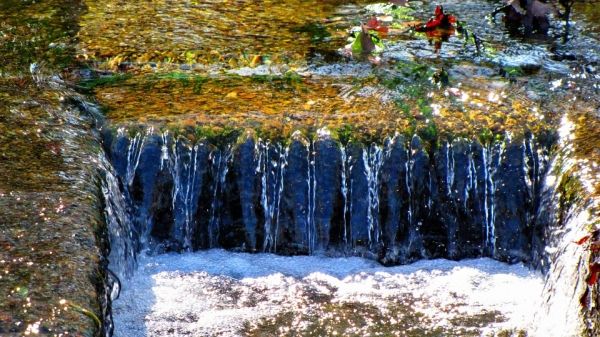In cities, heavy rains wash away the gunk collecting on sidewalks and roads, picking up all kinds of debris.
In cities, heavy rains wash away the gunk collecting on sidewalks and roads, picking up all kinds of debris. However, the amount of microplastic pollution swept away by this runoff is currently unknown. Now, researchers in ACS ES&T Water report that stormwater can be a large source of microplastics and rubber fragments to water bodies and, with a proof-of-concept experiment, show that a rain garden could keep these microscopic pieces out of a storm drain.
Most cities’ storm drains end up discharging directly into wetlands, creeks or rivers. Rainwater running into these drains becomes a concoction of whatever is on the ground, including dirt and grass clippings, leaked car fluids, fertilizer and garbage. Recently, researchers also found that strong rains can displace microplastics, sweeping them into stormwater, but the importance of this runoff as a source of contamination is not well understood. So, Chelsea Rochman and colleagues wanted to see whether microplastics and other tiny particles are carried into waterways by storms in urban areas, and whether a rain garden could prevent that from happening.
Read more at American Chemical Society
Photo Credit: Greyerbaby via Pixabay




